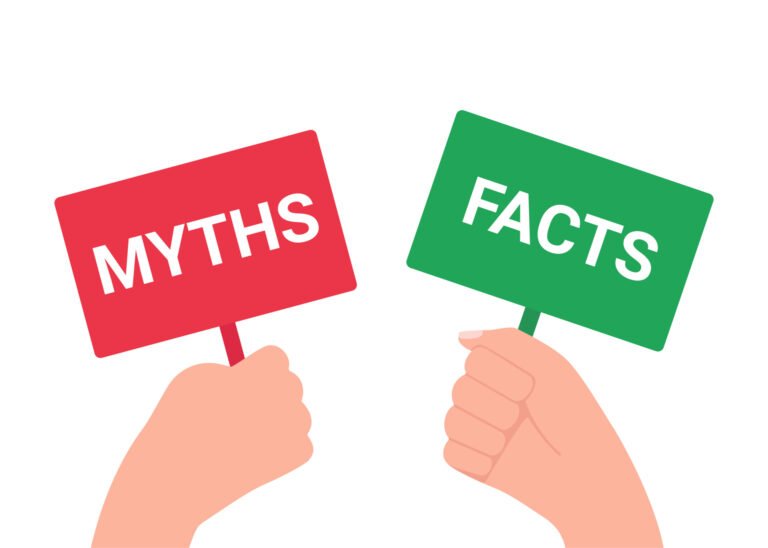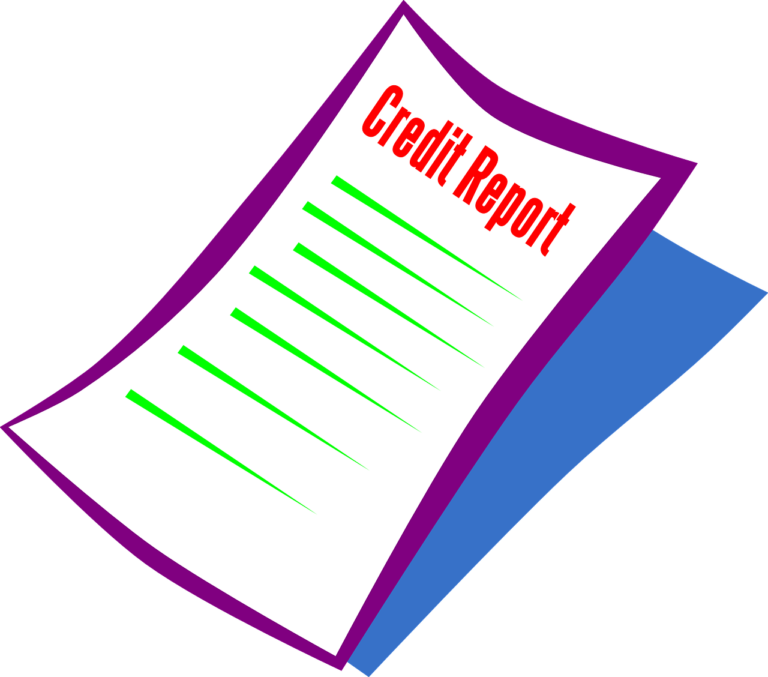Can my vehicle get repossessed in Canada?
If you are struggling to make your car payments, you may be wondering if your vehicle can be repossessed in Canada. The short answer is yes, it can. Repossession is a legal process that allows a lender to take back a vehicle if the borrower fails to make payments. In this article, we will explore the laws and regulations surrounding vehicle repossession in Canada and what you can do to avoid it.
What is Vehicle Repossession?
Understanding the Process
Vehicle repossession is a legal process that allows a lender to take back a vehicle from a borrower who has failed to make payments. In Canada, this process is regulated by the Personal Property Security Act (PPSA) and the Bankruptcy and Insolvency Act (BIA).
The process typically begins when a borrower defaults on their car loan. The lender will then send a notice of default to the borrower, giving them a certain amount of time to catch up on their payments. If the borrower fails to do so, the lender can then repossess the vehicle.
What Happens After Repossession?
After the vehicle has been repossessed, the lender will typically sell it at a public auction to recoup their losses. This is known as a “repo auction” and can be a way for buyers to purchase repossessed cars at a discounted price.
However, the borrower is still responsible for any remaining balance on the loan after the sale of the vehicle. If the sale does not cover the full amount owed, the borrower may still be required to pay the difference.
Laws and Regulations Surrounding Vehicle Repossession in Canada
The Personal Property Security Act (PPSA)
The PPSA is a federal law that governs the process of repossession in Canada. It outlines the rights and responsibilities of both the lender and the borrower in the event of a default on a loan.
Under the PPSA, a lender must provide a borrower with a notice of default before repossessing a vehicle. This notice must include the amount owed, the date by which the borrower must pay, and the consequences of failing to do so.
The PPSA also requires that the lender sell the repossessed vehicle in a “commercially reasonable” manner. This means that the lender must make a reasonable effort to get the best price for the vehicle, rather than simply selling it for a low price to recoup their losses.
The Bankruptcy and Insolvency Act (BIA)
The BIA is another federal law that governs the process of repossession in Canada. It outlines the rights and responsibilities of both the lender and the borrower in the event of a bankruptcy or insolvency.
Under the BIA, a borrower who has declared bankruptcy or is insolvent may be able to keep their vehicle if they continue to make payments on the loan. However, if the borrower is unable to make payments, the lender may be able to repossess the vehicle.
How to Avoid Vehicle Repossession
Communicate with Your Lender
If you are struggling to make your car payments, the best thing you can do is communicate with your lender. Let them know about your financial situation and see if they are willing to work with you to find a solution. They may be able to offer a payment plan or deferment options to help you catch up on your payments.
Consider Refinancing or Selling the Vehicle
If you are unable to make your car payments, you may want to consider refinancing your loan or selling the vehicle. Refinancing can help lower your monthly payments, making them more manageable. Selling the vehicle can also help you avoid repossession and may even allow you to pay off the remaining balance on the loan.
Seek Professional Help
If you are struggling with debt and are at risk of having your vehicle repossessed, it may be beneficial to seek professional help. A financial advisor or credit counselor can help you create a budget and come up with a plan to manage your debt. They may also be able to negotiate with your lender on your behalf.
What to Do if Your Vehicle is Repossessed
If your vehicle has been repossessed, there are a few steps you can take to try and get it back.
Contact Your Lender
The first thing you should do is contact your lender and try to work out a solution. They may be willing to return the vehicle to you if you can catch up on your payments or come to a new agreement.
Know Your Rights
As a borrower, you have rights when it comes to vehicle repossession. For example, you have the right to receive a notice of default before the vehicle is repossessed. You also have the right to receive a notice of sale after the vehicle has been repossessed.
Seek Legal Advice
If you believe that your lender has violated your rights or if you are unsure of your rights as a borrower, it may be beneficial to seek legal advice. A lawyer can help you understand your rights and may be able to help you get your vehicle back.
Conclusion
In conclusion, vehicle repossession is a legal process that allows a lender to take back a vehicle from a borrower who has failed to make payments. It is important to understand the laws and regulations surrounding vehicle repossession in Canada and to communicate with your lender if you are struggling to make payments. Seeking professional help and knowing your rights can also be beneficial in avoiding or dealing with vehicle repossession.






